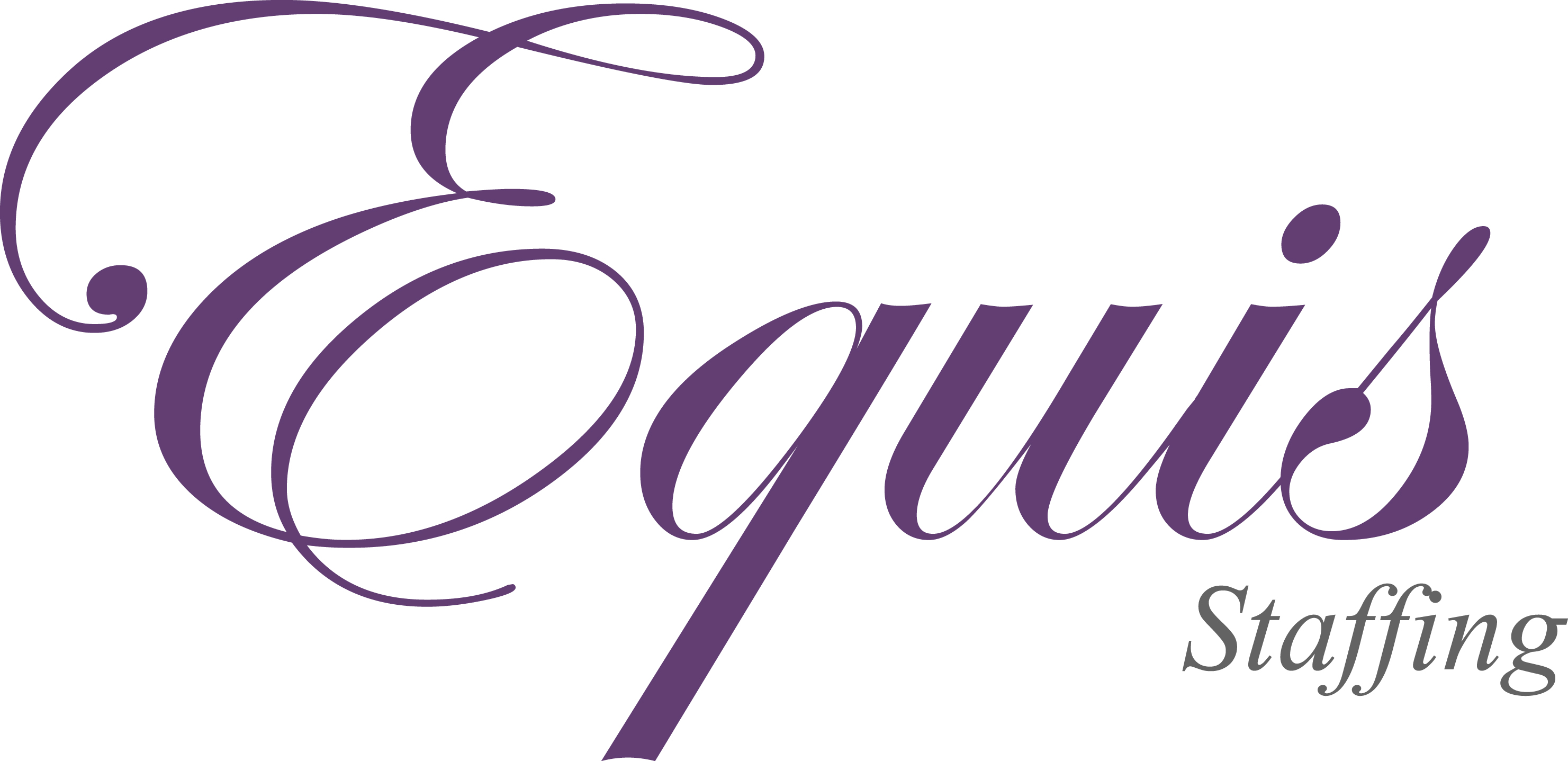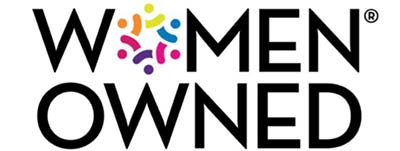There are many great opportunities in the US job market for well qualified foreign candidates, especially in IT and financing fields. For these candidates, who have the specialized skills but not the immigration status, finding an employer who will sponsor their H-1B work visa is a priority. Even candidates who have been working in the US on an H-1B visa will find themselves needing an H-1B transfer when they change jobs. Below are the 5 essential things you should know if you are a candidate looking and applying for a job that requires work visa sponsorship.
- Although this first point may sound redundant, it is worth repeating: make sure the employer you are applying for is willing to sponsor your H-1B work visa or a transfer. Depending on the size of the company, the employer may not be willing to sponsor a candidate even if they are the right fit for the job. Knowing where your employer stands on work visa sponsorships will save both of you time and effort.
- The job are you applying for must be a “specialty occupation.” According to the U.S. Citizenship and Immigration Services, a specialty occupation is one where a bachelor’s or higher degree (or the foreign equivalent) is the industry’s minimum entry requirement, or the common requirement for the position. To apply for this job, you must therefore hold such a degree or certification. Common examples of such fields include scientists, engineers, computer programmers, etc.
- In addition, the job must be in a specialty occupation related to your field of study. This requires that the duties specified by the position, and/or the nature of the company that is sponsoring you, must be related to your degree. For example, if your education background is computer programming, the position or company you are applying for should be related to IT, software, etc. You must be able to explain or demonstrate this relationship to better your chances of getting the visa.
- There is an annual cap of the number of H-1B visas that are granted each year. For the fiscal year of 2014, USCIS purports that the cap was 65,000. If you are applying for a job that requires a sponsored H-1B visa, you should be aware of when the cap season and filing period begins since the cap is often met within the first week of the filing period. After the cap is filled, all visas not exempt from the cap will be rejected. (A visa may be exempt from this cap if the job is at a higher education institution or non-profit, or if you are applying for a H-1B transfer.) Finding out whether you are exempt from the cap, as well as knowing the cap season and filing timeline, will ensure that you and your sponsoring employer will not have put in work for the petition in vain.
- Even if you currently have an H-1B visa, if you are changing jobs, your new employer will still need file a new petition on your behalf. Although a petition of this kind (commonly called an H-1B transfer) is not subject to the aforementioned annual cap, you will still need to be “re-sponsored” by the new employer and demonstrate that you and your new job meet the requirements of an H-1B visa. Because these visas are granted based on the affinity between the specific employer, the job, and your expertise, the qualifications that got you your previous H-1B visa are obsolete. You must therefore demonstrate your eligibility for the new job under the visa specifications.
Whether you are a recent graduate whose student visa is about to expire, a foreign professional seeking employment in the US, or a non-US immigrant who has been working here for years and is in the process of changing jobs, understanding the requirements for a H-1B visa or a H-1B transfer is essential to getting the job you want.
If you are a highly talented foreign professional with education, special skills and 7+ years work experience in the computer sciences, programming, development (C#, .Net) and other related tech fields, we may have a position for you.
If you have a very unique skill set with experience to back it up, and would like to be considered for a work sponsored visa in the USA, please send your resume to info@equisdifference.com





.png)